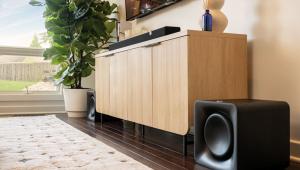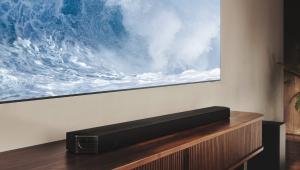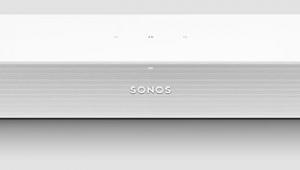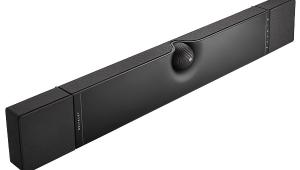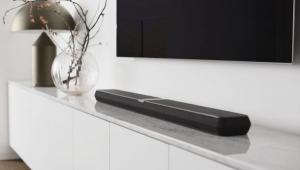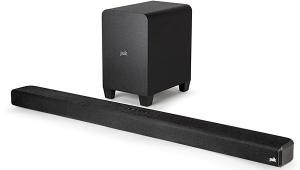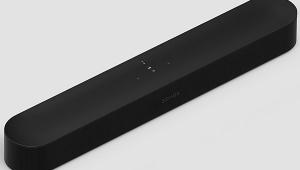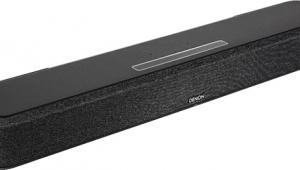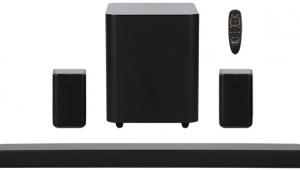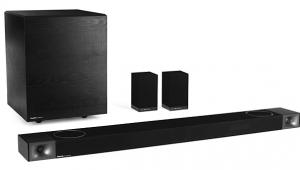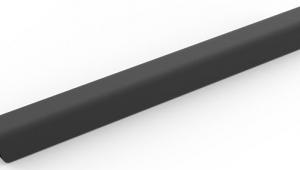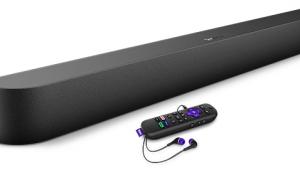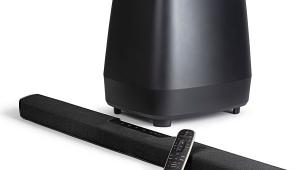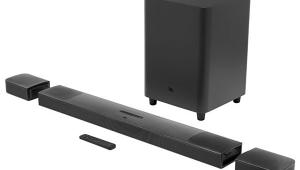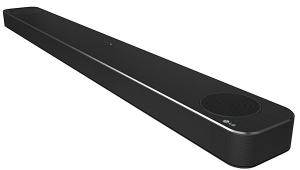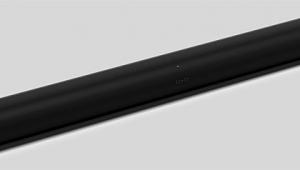Soundbars on a Budget
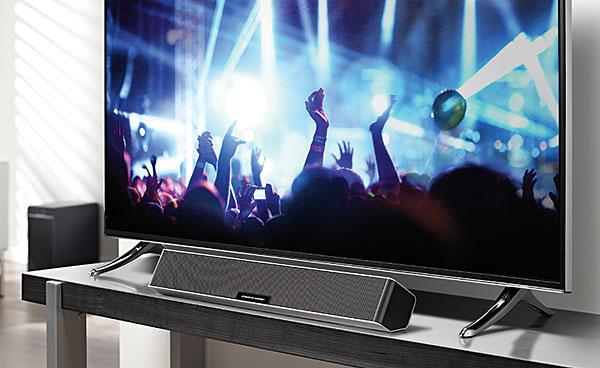
Fast-forward a few years: Every serious speaker manufacturer now participates in the soundbar market, and premium models in the $500 and up range are easily found. More critically for the masses (and audiophiles outfitting secondary rooms with decent sound on a low budget), the overall sound quality of bars in the $200-to-$500 range has greatly improved. The better performance and musicality of late-generation Class D amplifiers, assisted by inexpensive digital signal processing (DSP) that can extract more from tiny, high-excursion drivers, has made a contribution. The quality of the drivers themselves has also improved as manufacturers have gained more experience with soundbars, while growing demand and sales have driven down costs. Some bars are still best left handling only bare-bones reproduction of movies and TV shows, but many can also respectably serve today as music systems.
To get a handle on what today’s budget bars can really deliver, Sound & Vision rounded up four models costing between $200 and $500, separated by $100 steps. Each bar was placed on my stand at the foot of an LG 65UH85 65-inch Ultra HDTV that was in my studio for evaluation. Although I played a range of TV, movie, and music content on all the bars, I made it a point to feed them quality source material and picked out a few familiar test tracks and movie clips to compare on all of them. Music was played through each bar’s analog input, fed by my Mac laptop’s digital iTunes library (lossless CD-quality rips plus some hi-res files played at 44-kilohertz/16-bit), output via USB through a high-performance Sony PHA-2 outboard amp/DAC. (All the bars offer a Bluetooth input, whose operation I verified before quickly moving on to the much better-sounding DAC.) Movie soundtracks came in via HDMI from my Oppo BDP-103 Blu-ray player on those bars that featured HDMI inputs, or by optical digital on those that did not. TV viewing was done via optical input, straight from the audio output of the LG display, a model that allows passthrough of multichannel Dolby Digital signals or conversion to PCM stereo as needed based on a menu setting.
Along with program material, I ran some basic audio test signals through each of the bars: a 1,000-hertz-to-20-Hz bass sweep to see where their output noticeably fell off in my low-ceiling, 12-foot-wide by 25-foot-deep basement studio (see our measurements on page 49 for pseudo-anechoic results), and pink noise to determine each bar’s maximum sound pressure level (SPL) at my 9-foot seating distance (as measured on my trusty RadioShack meter).
So...let’s see how they did.
- Log in or register to post comments
